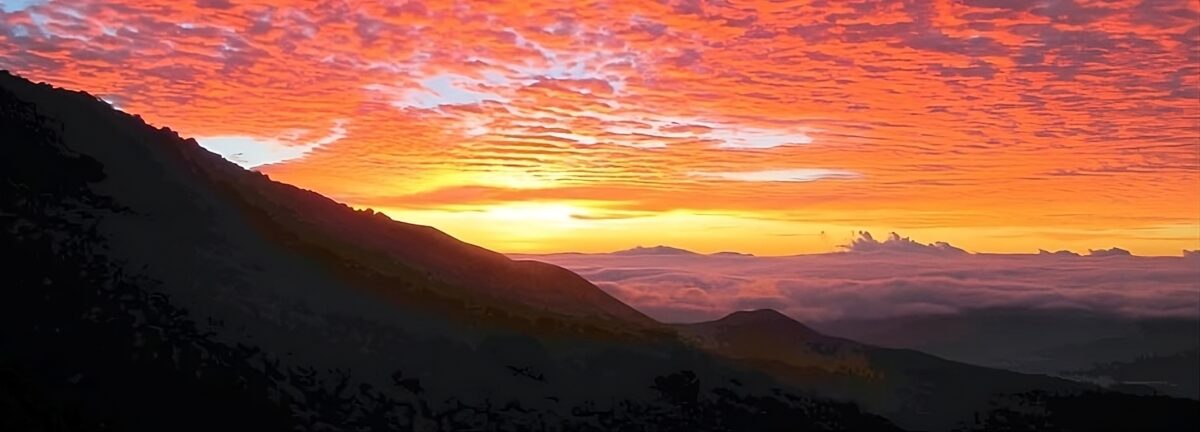Mauna Kea is:
• A dormant volcano that erupted 4600 years ago.
• Hawaii’s tallest peak at 13,796 ft. above sea level.
• Our Earth’s highest mountain.
• Annual average temperature of 38.1ºF recorded at Mauna Kea Observatory.
• Is home to 13 public and private telescopes from 11 countries.
• One of the highest lakes on the planet, Lake Waiau, just 750 ft below the summit.
You can drive your vehicle on the Mauna Kea Summit Rd to the Mauna Kea Visitor Information Station. Driving is not allowed in the restricted area beyond the visitor center. Albeit, you can take a handful of hikes from the parking area.

When planning a drive, particularly to Mauna Kea’s summit, there are several key vehicle and personal considerations to keep in mind. Firstly, it’s important to note that our major rental car partners, including those renting Jeeps, do not permit their vehicles to travel beyond the visitors center.
For everyone in your vehicle journeying to the summit, several preparations are necessary. Ensure each person has packed appropriate warm clothing and sturdy footwear, as the summit temperatures are consistently cold and can drop below freezing after sunset. Hydration is crucial, so encourage everyone to drink ample water throughout the journey. Additionally, due to the high elevation, it’s essential to wear fresh sunscreen and high-quality sunglasses to shield against the intense UV radiation at the summit.
Are you prepared for altitude sickness? To acclimate to Mauna Kea’s thin air (40% less oxygen than at sea level) it is important to stop at the visitor’s center for at least 20 minutes before heading on to the summit. Each passenger in your car may be at danger, for different reasons, from the extreme altitude. These include children under the age of 16, pregnant passengers, folks with heart and/or respiratory issues, anyone who smokes, has eaten gassy foods (yes, really), enjoys large amounts of caffeine, or has been scuba diving during the previous 24 hours.









